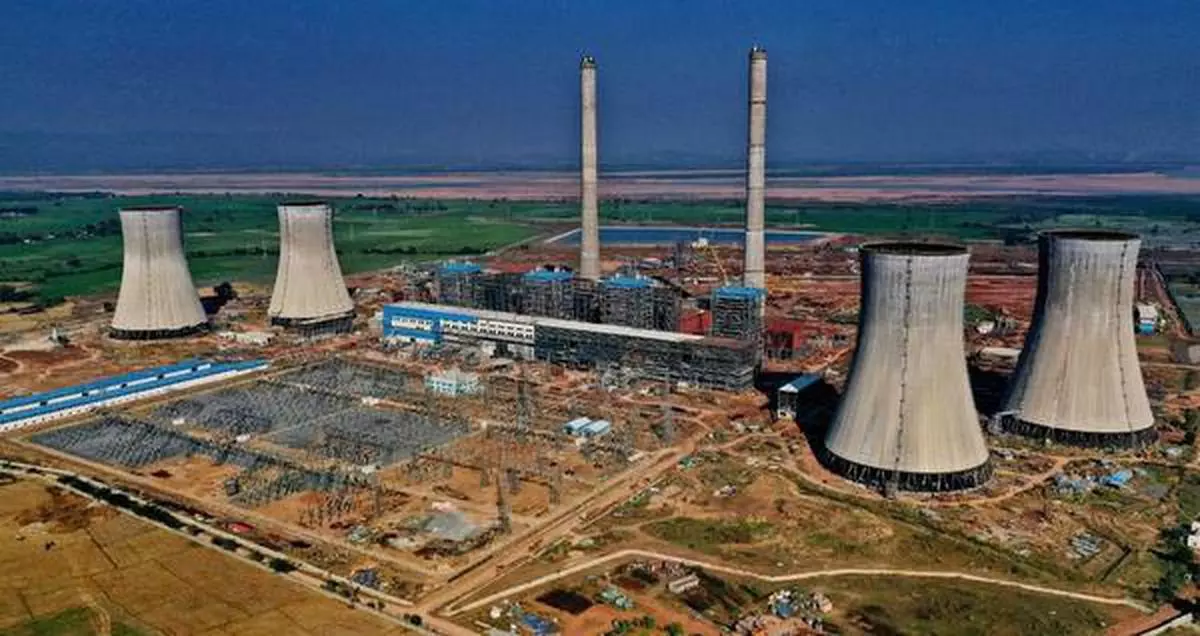Many flaws in Bhadradri power plant: Expert

Hyderabad: The Rs 10,500 crore Bhadradri thermal power plant, set up by the previous BRS government led by chief minister K. Chandrashekar Rao and said to be one of the costliest power project in the world, has several drawbacks besides grave risk of submergence once Andhra Pradesh completes the Polavaram project.
Experts in the power sector are puzzled over the site location of the project as it faces the risk of inundation due to water streams and channels that join in the downstream of under-construction Seetammasagar barrage across Godavari at Dummu Gudem village.
“The project is under risk from three sides due to backwaters from Polavaram. The plant is vulnerable to damages due to unusual climate phenomena, mainly floods near rivers, barrages and dams. Without taking several risk factors into consideration, how the site location was approved is a million-dollar question”, argued K. Raghu, an expert in the power sector in state.
Raghu stated that the BRS government also wasted crores of rupees by constructing flood banks on the upstream of Seetammasagar project to see that the backwater does not inundate the power project. It also wanted to set up pumps at flood banks to lift flood water to see that it will not inundate the project. The government failed to understand that the water channels which join Seetammasagar pose a major risk to the power plant.
The expert also pointed out that the power transmission lines laid along the banks of Godavari also come under the risk of flood prone area. The power lines starting at Bhadradri thermal plant, move from Manuguru to Burgampadu and pass through Julurupadu. The lines from Manuguru to Boorgampadu pose the highest flood risk as they move along the Godavari. The government then planned to shift the transmission lines at a huge cost.
The previous state government had itself admitted flood risks to the power plant when Bhadrachalam town and other regions faced heavy floods. The then BRS government wrote a letter to the Centre seeking funds citing risk to Bhadradri power plant.
Raghu pointed out that the power plant is located only at +69 metre above the river level and has a minimum lifespan of 30 years as per global norms.
Another flaw in the project was that it used sub-critical technology in setting up four units of 270 MW each (total 1080 MW), even though the Centre had banned it from the 13th Five-Year Plan. The BRS government had proposed to complete the project in 24 months, but it took seven years to complete it.